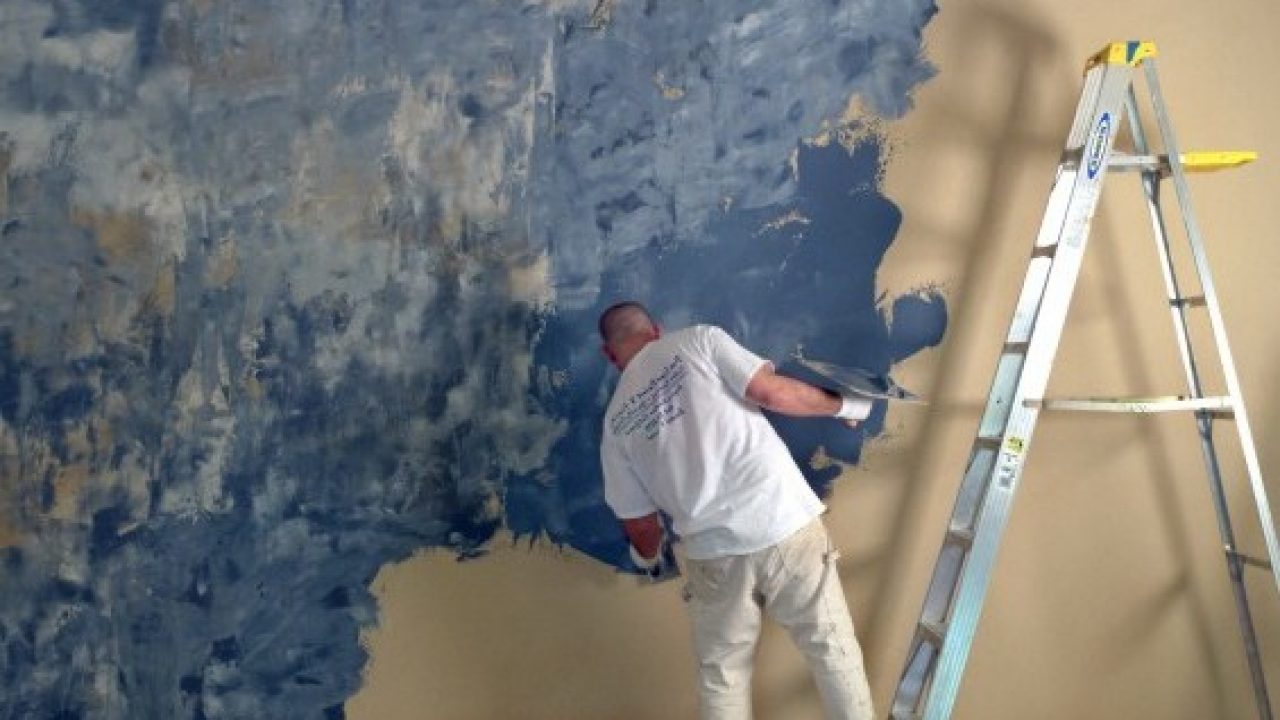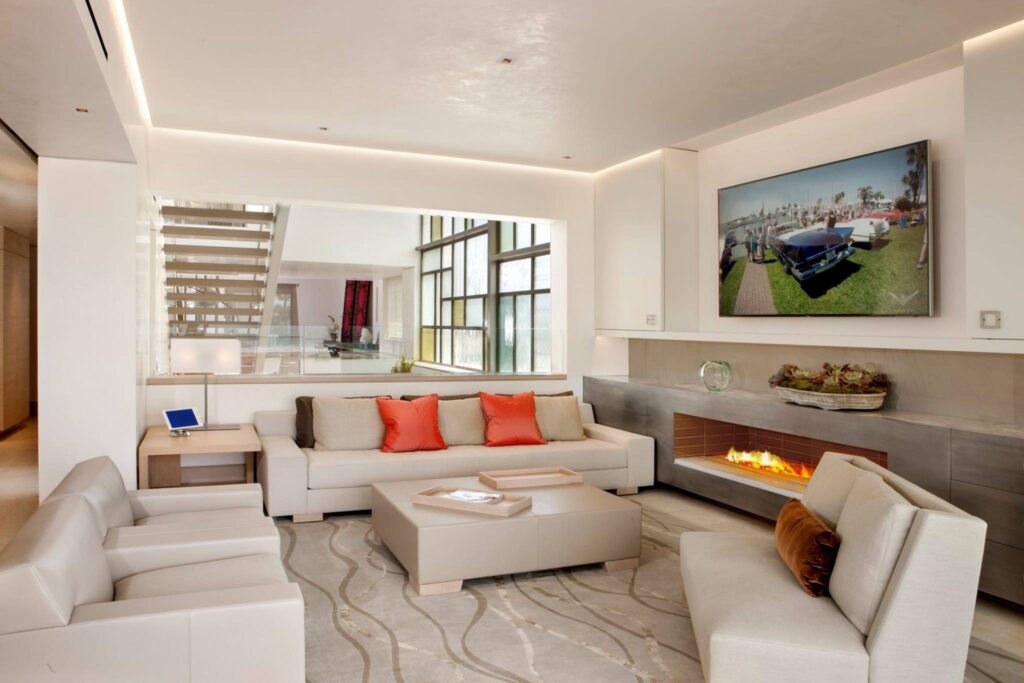The Return Of Venetian Plaster In Interior Design
Venetian plaster originated in Italy. Specifically, it came from Northern Italy and was first popularized in the Roman period. For many years, this kind of decorative plaster was applied to the walls of grand villas and bathhouses, giving them burnished, monolithic appearances. Venetian plaster went out of style for long periods of time. In the 20th Century, its popularity was on the wane apart from during the 1990s, when the rather tasteless ‘Tuscan’ style of interior design experienced a slight boom.
In the 2020s Venetian plaster is once again in the (ahem) limelight, and more and more top-quality interior designers and architects are including this ancient decorative material in their work. Here is a quick look at Venetian plaster and the reasons why it has returned to the vogue.
What Is Venetian Plaster?
Traditional Venetian plaster is composed of lime and marble dust mixed together into a sticky paste. Both of these materials are very tough to work with and keep their consistency very well. It is applied in very thin layers using a trowel or rough cloth. This gives the effect of brushstrokes or marbled textures. Experienced professionals can create Venetian plaster walls with a dazzling sense of depth and character.
There are many different techniques for applying Venetian plaster: the most common of which are the Marmorino and Scagliola styles. Because of the rough paste-like quality of the plaster, it is possible to get a great variety of effects using subtle strokes of the trowel or cloth.
Why Is It Coming Back?
Aside from a brief stint of popularity in the late 1990’s Venetian plaster had been largely absent in design for many years. Now, it is making a real comeback. Here are two of the most important reasons why:
Advances In Technology
While traditional Venetian plaster calls for a mixture of marble dust and lime, this makes it very hard to work with. Plasterers working with the mixture have to apply it in very thin layers, which makes any job far more difficult. Advances in chemistry have led to the creation of synthetic materials that can be used to make Venetian plaster. With traditional plaster, a homeowner would need to pay for the replastering of an entire wall to cover a blemish. With modern plaster, it is possible to carry out coverups at a fraction of the cost.
A Connection With The Earth
We are seeing a readoption of natural feeling materials in the world of interior design. Clients that feel at odds with the natural world thanks to urban lifestyles or hectic schedules now crave a little bit of earthiness in their abodes. Venetian plaster is perfect for giving a home a more natural feel. The rich, deep, earthen tones that it can provide have proven very popular with people that desire a more constant connection with what they perceive as the nature of their homes. This connection is, of course, just as much of an illusion as the illusory belief that urban life is not natural life. Despite this, a sense of being grounded can be mightily welcome.


















